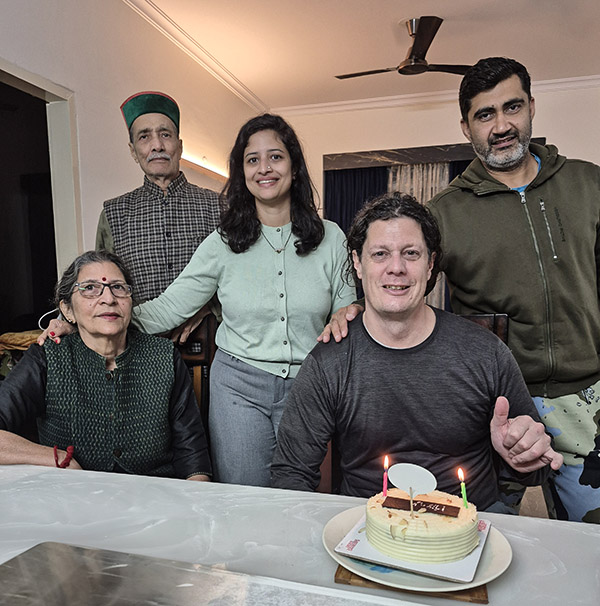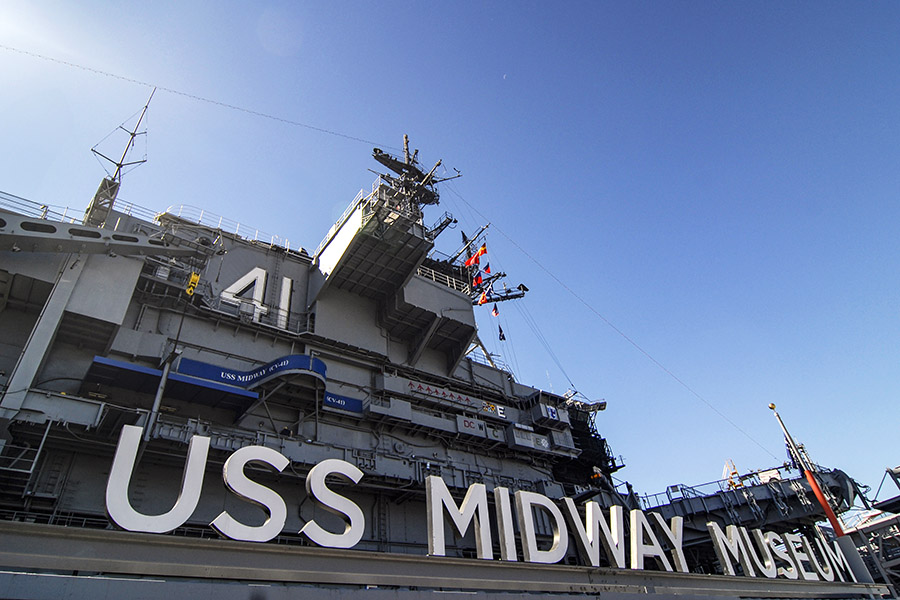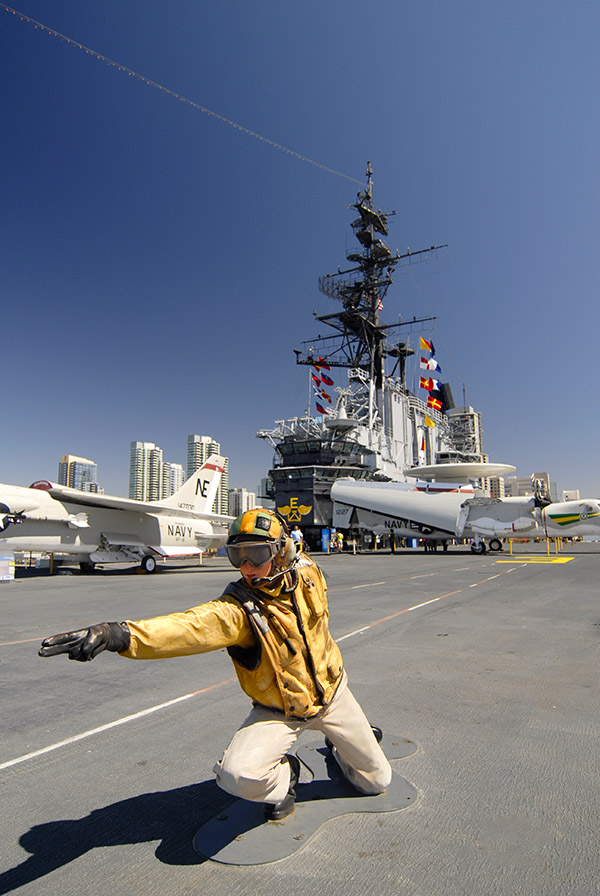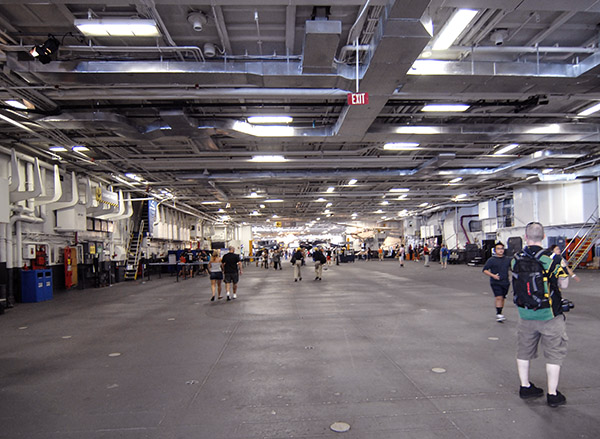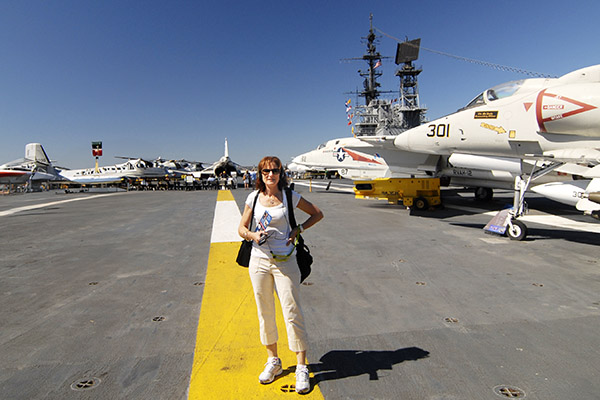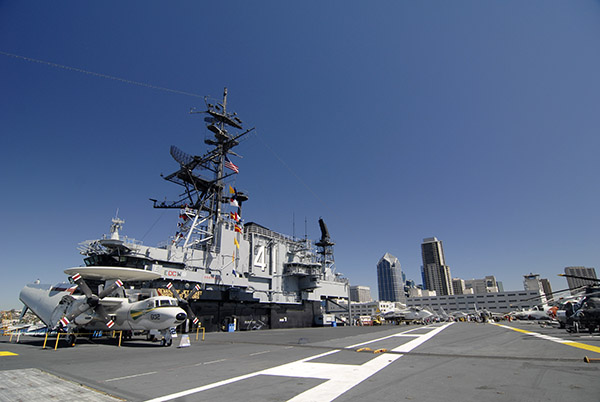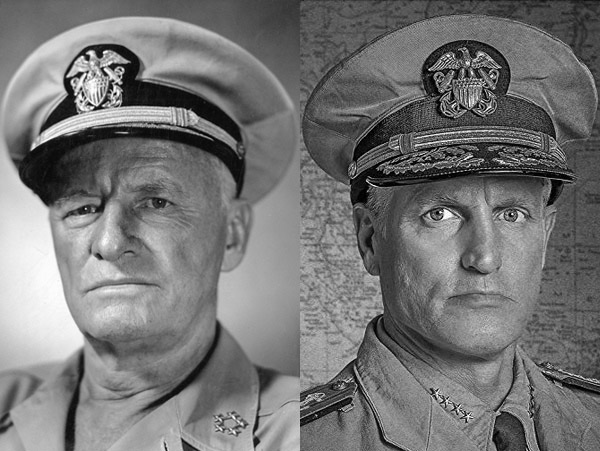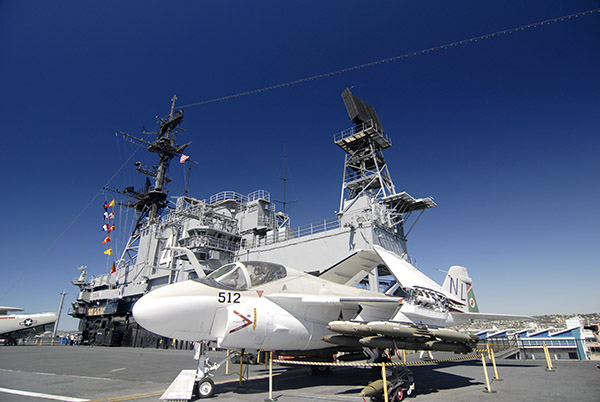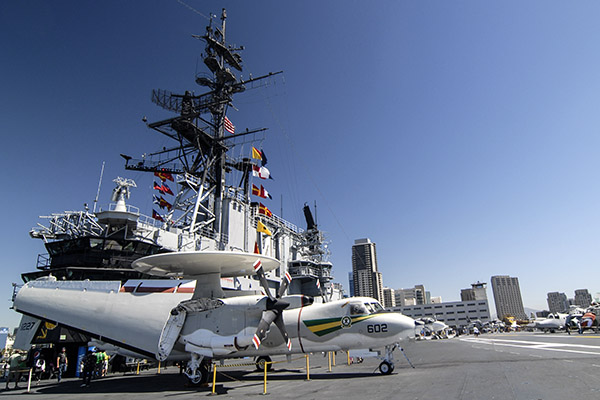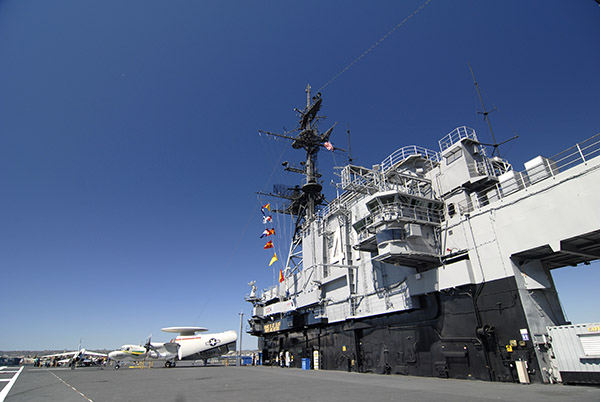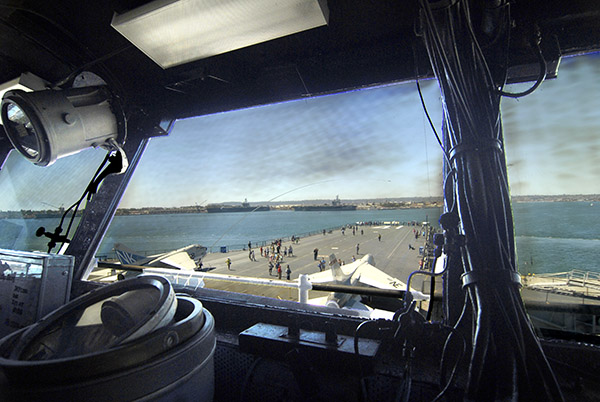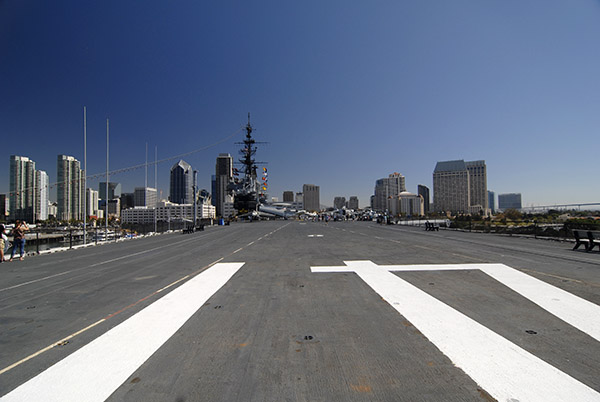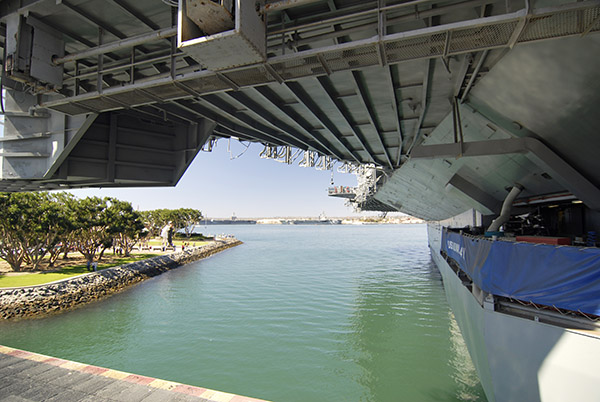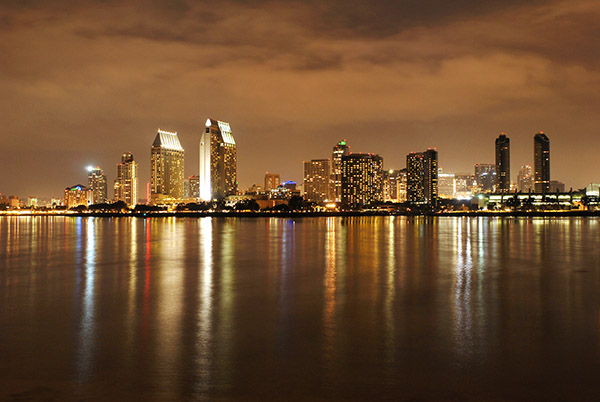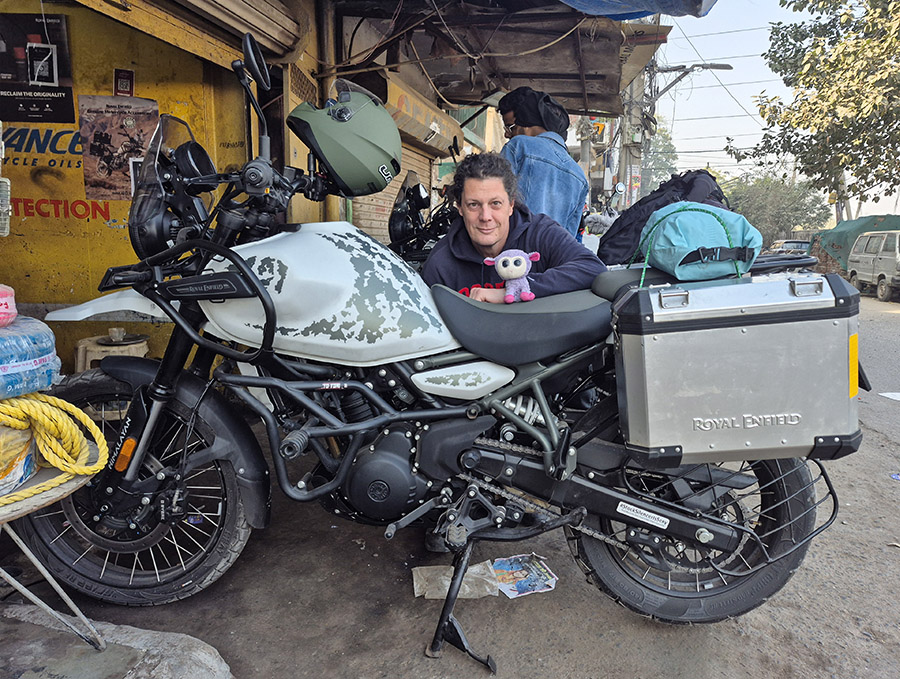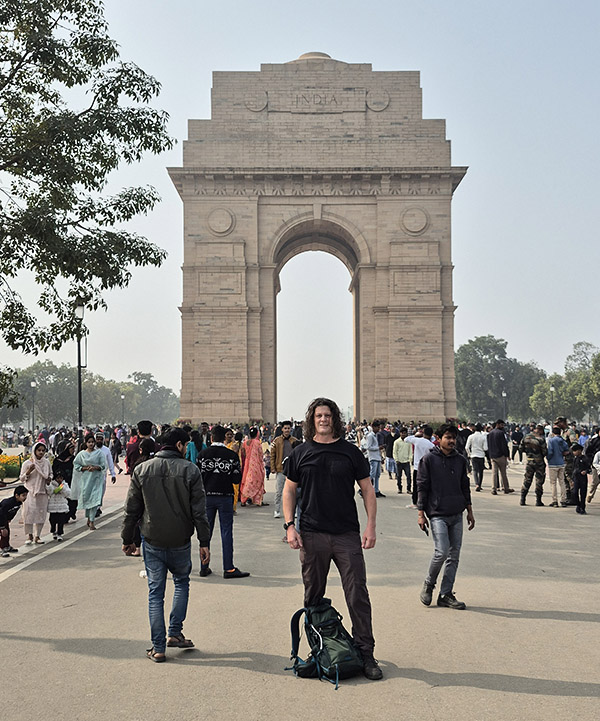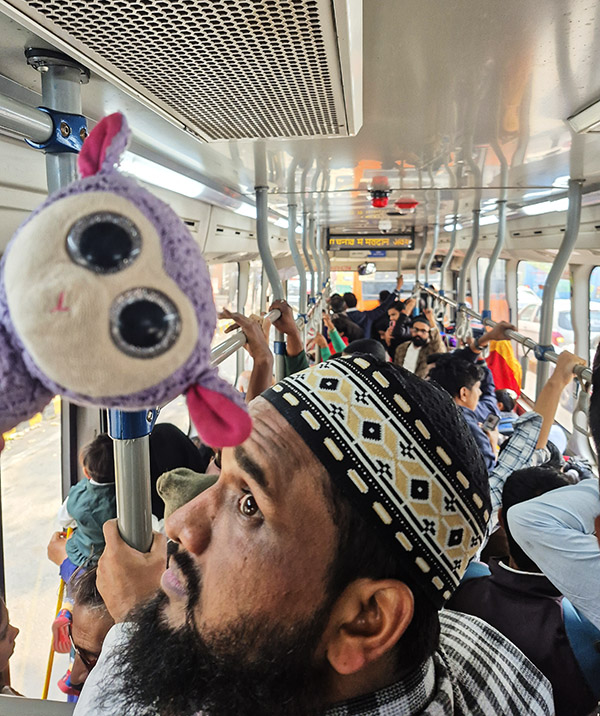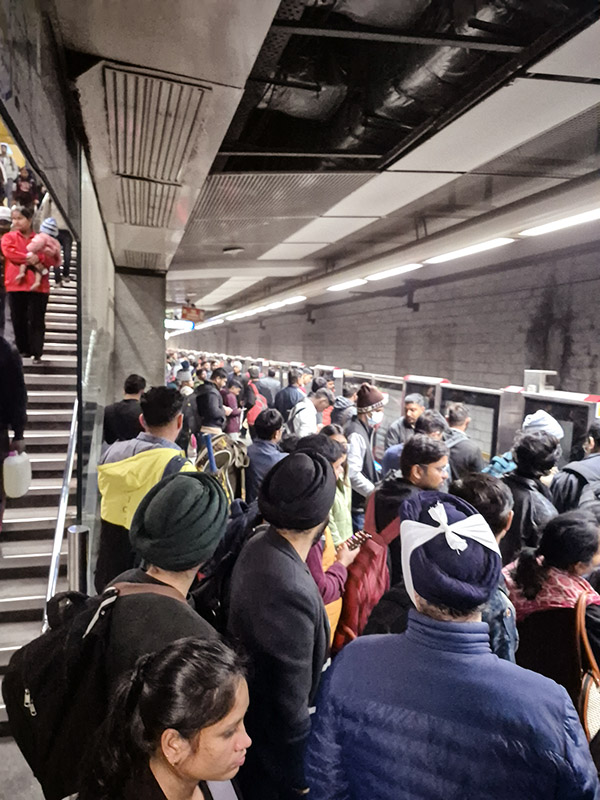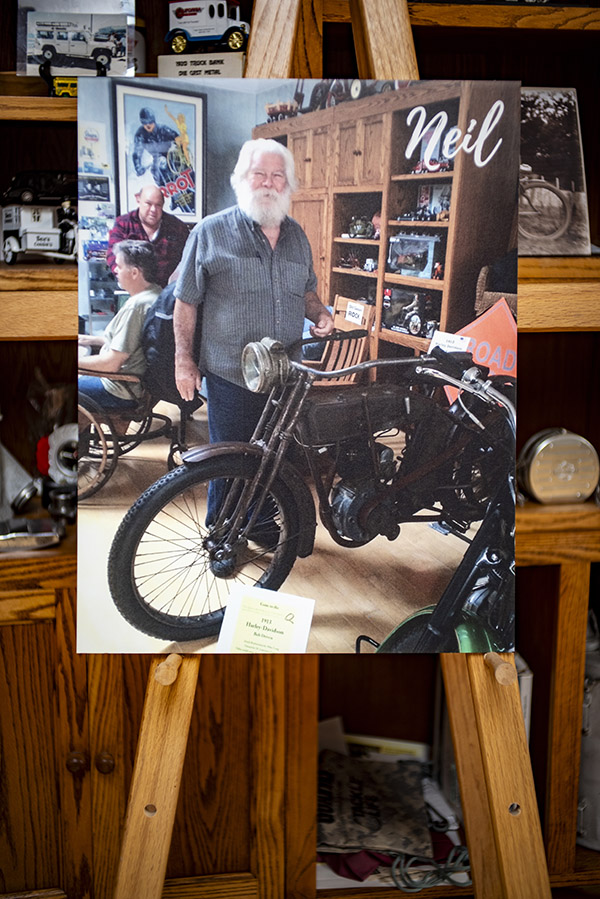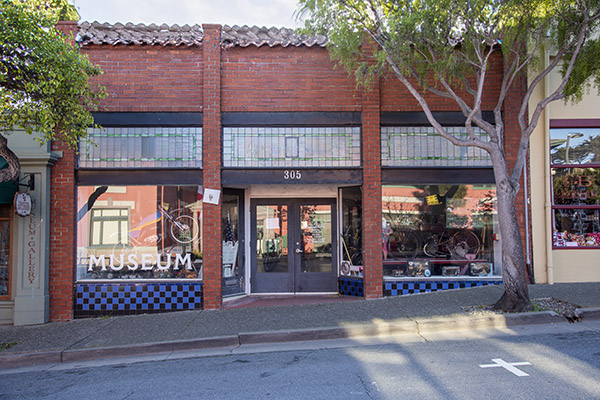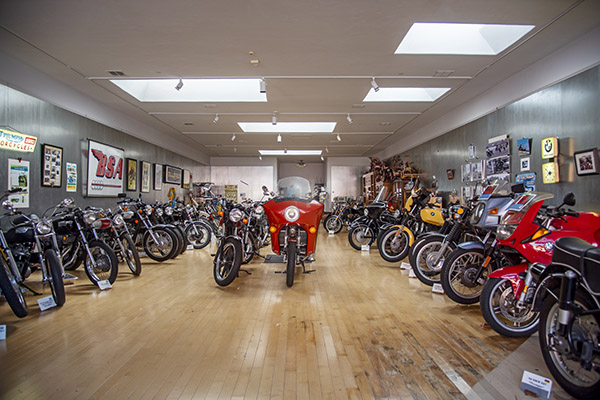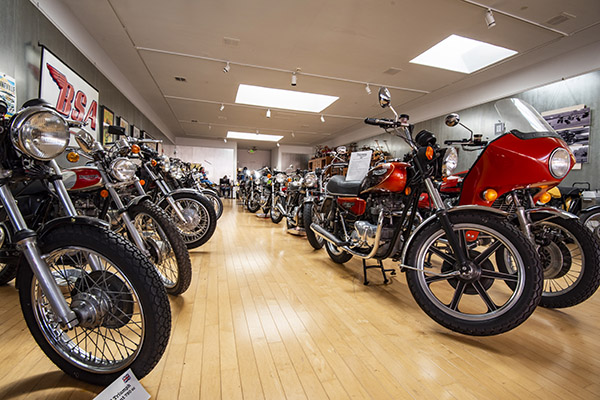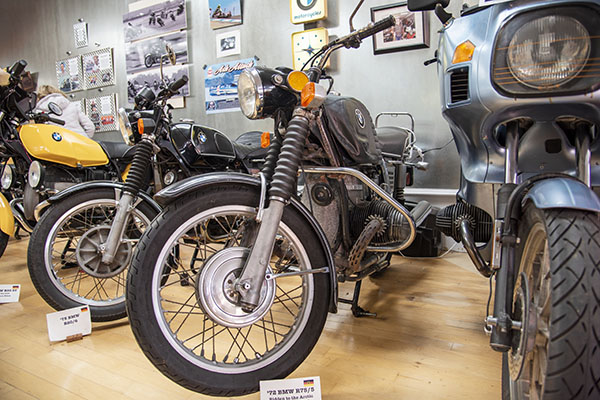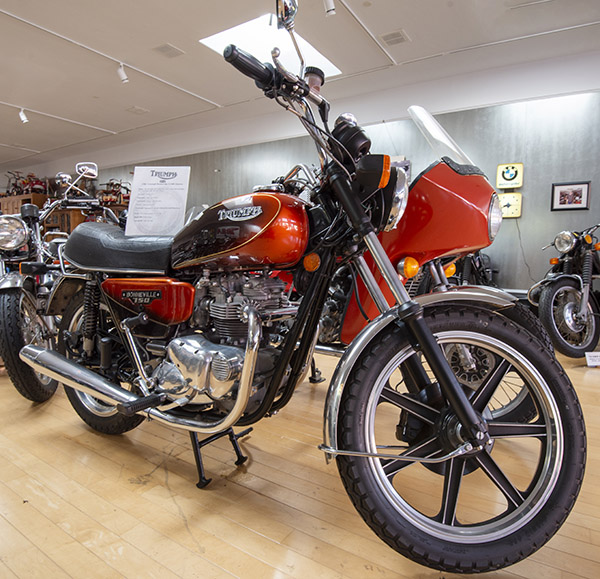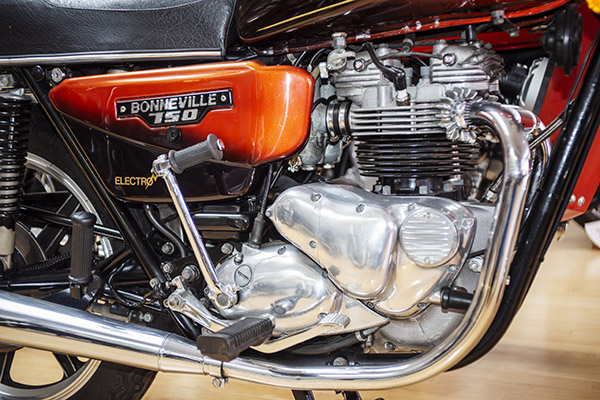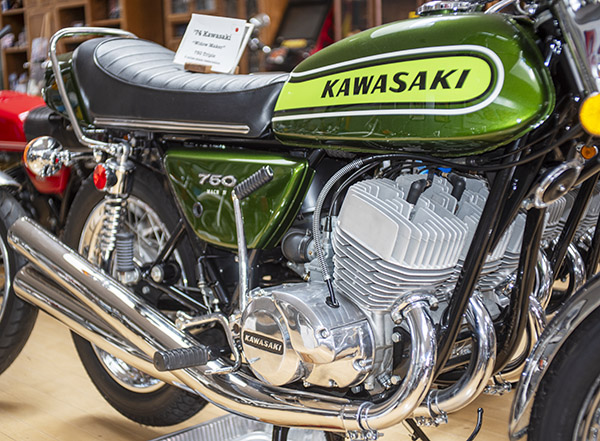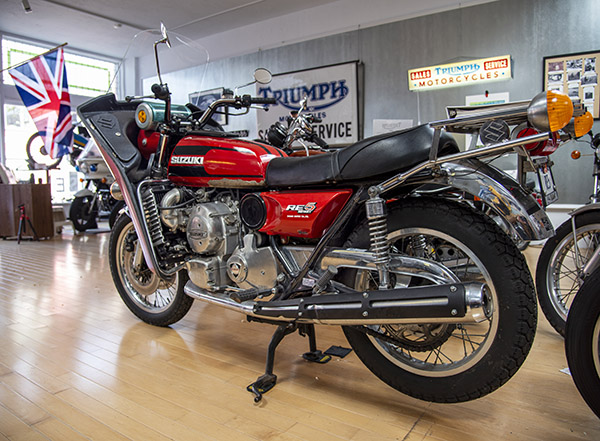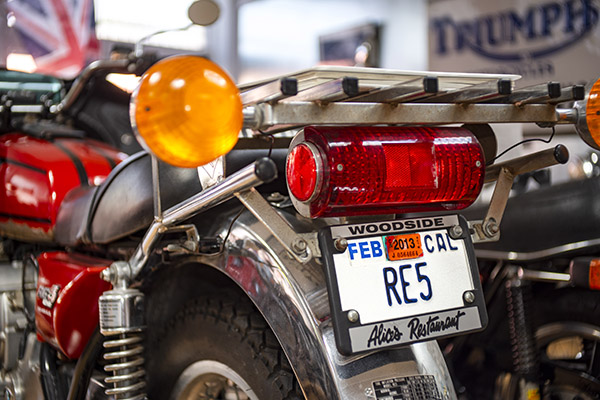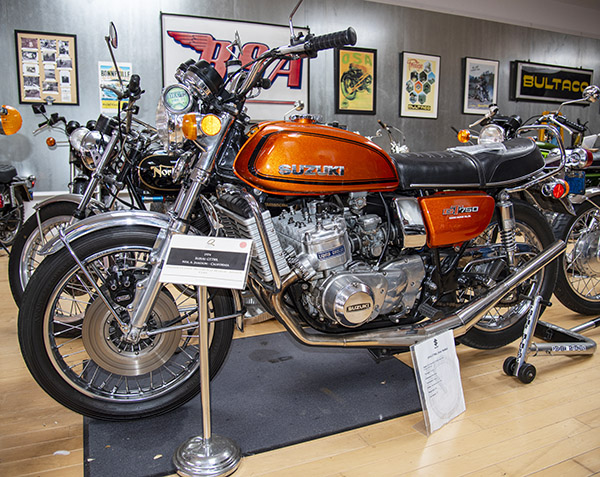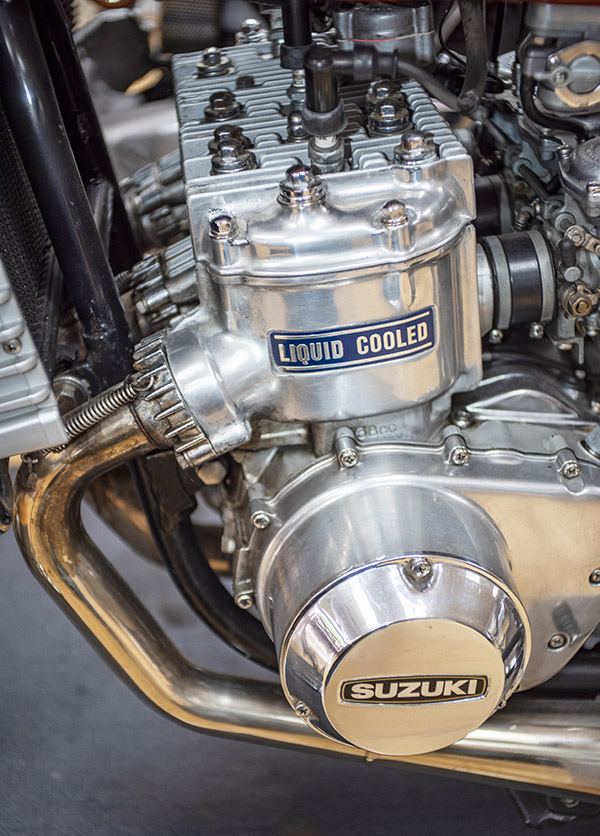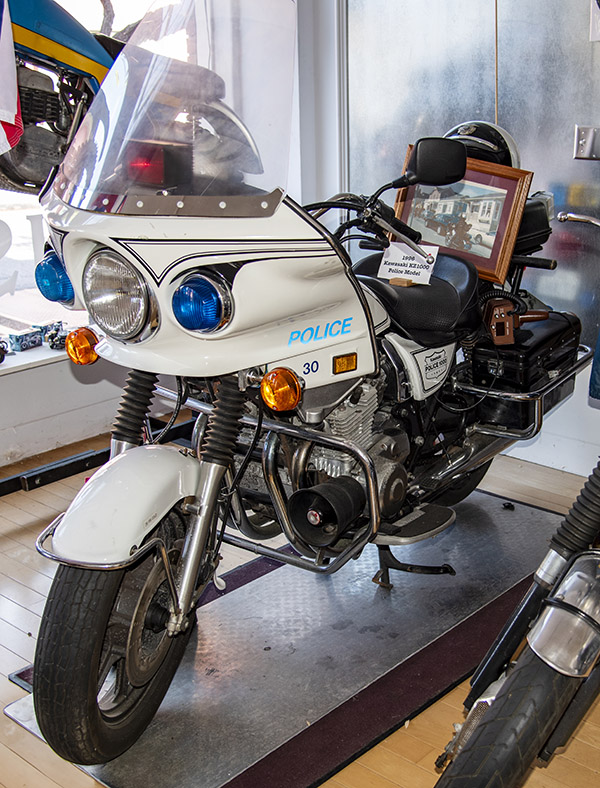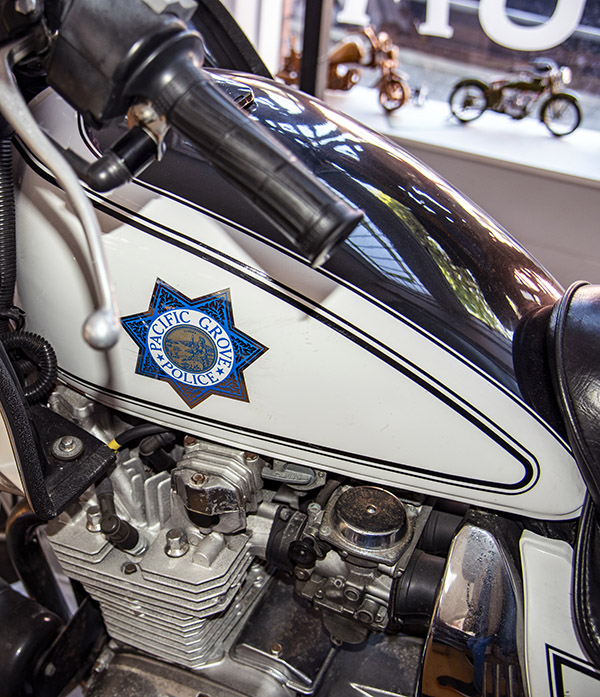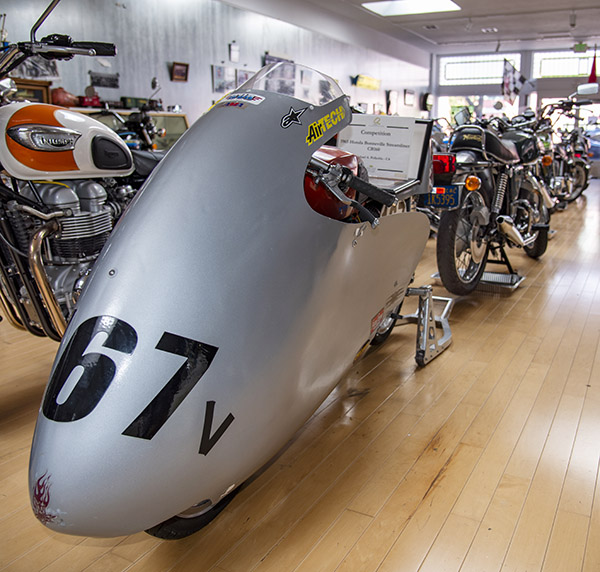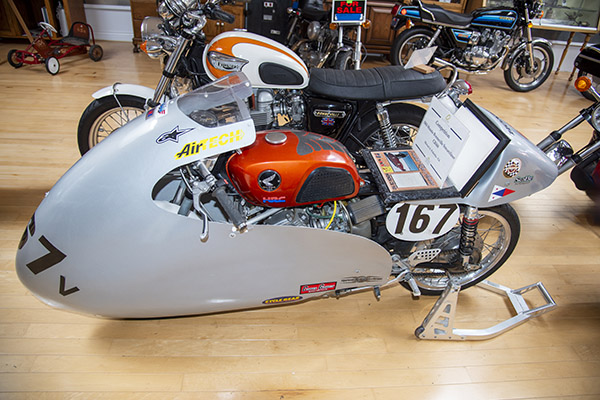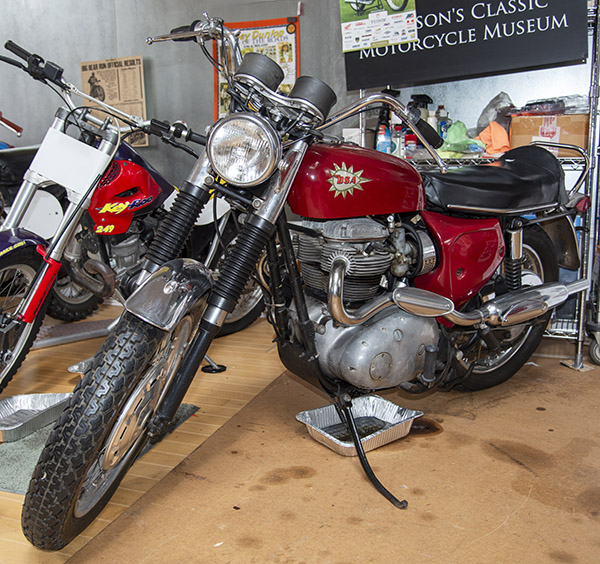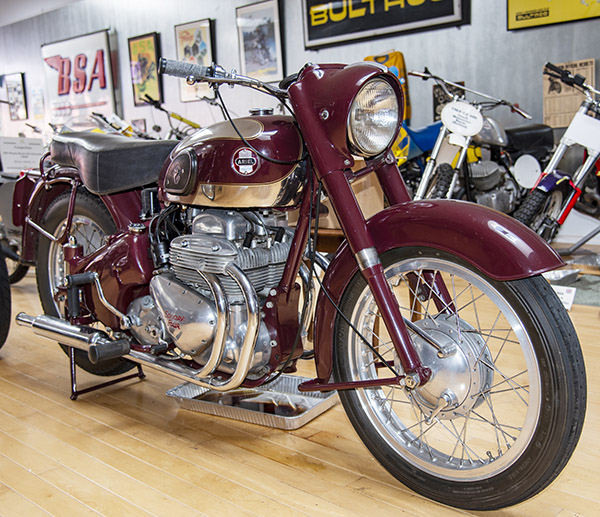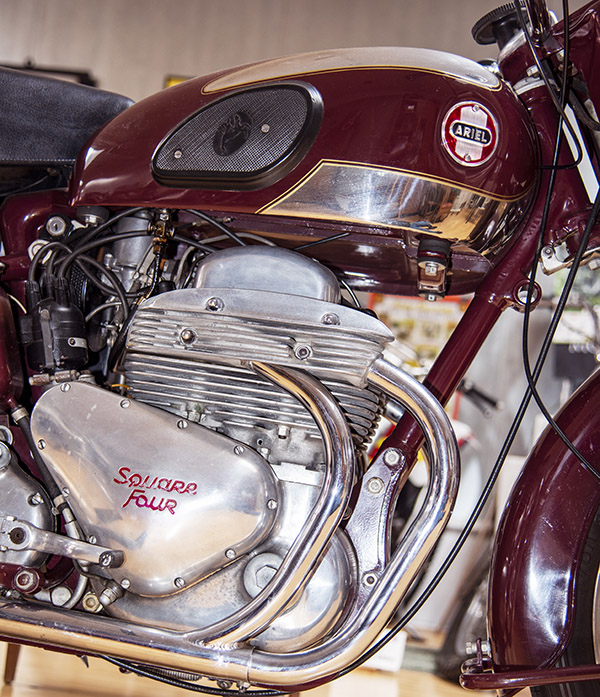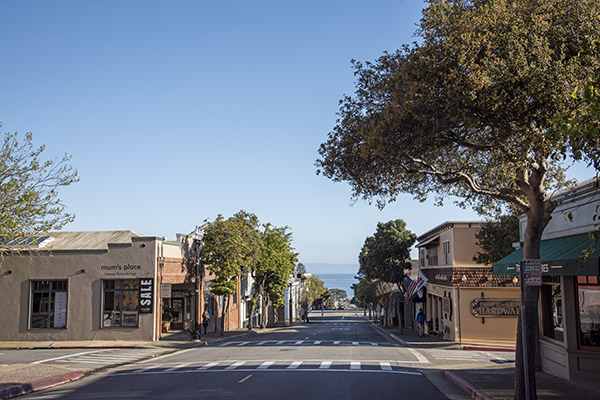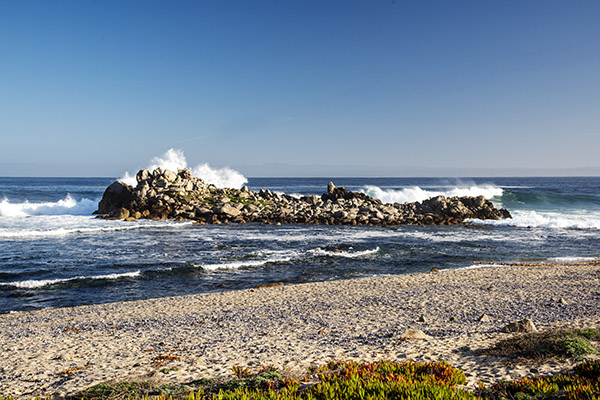By Mike Huber
Day 1
The phone in my hotel began ringing, I fumbled for the receiver as I looked at my cell phone stating the time was 00:02. I had slept pretty hard and woke up thinking I was in Marrakesh, Morocco. I had one hour remaining before my Sherpa was due to arrive at my hotel. As I became a bit more aware it hit me that none of what just went through my head made any sense. Suddenly a pounding on my hotel door began echoing through my head. Ok, it was my Sherpa, but I was in Katmandu and not Morocco. Dammit, it happened again: I lost track of where I was. To add to the matter, the Sherpa was an hour early or I was an hour late. Either way there was a gap in communication somewhere and it was time to get going.
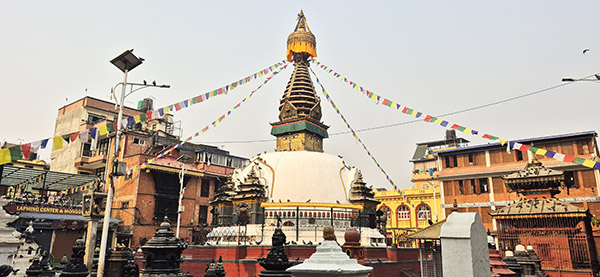
Having just spent two days exploring and meandering through the vast number of temples in Kathmandu, the time had come for me to load up my gear and begin a 12-day trek to Everest Base Camp. Once having my wits about me and double checking all my sensitive items were in tow, my Sherpa and I began our walk to a local bus stop where we would catch a shuttle to Ramechhap Airport. My flight was set to depart at 0700 that morning.
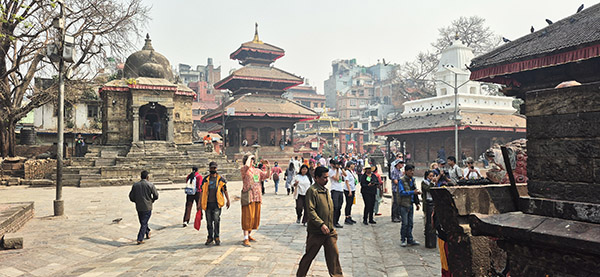
The 5-hour shuttle ride to Ramechhap was anything but smooth. Most of the roads through this portion of Nepal were under construction so there was no sleep to be had by anyone along the ride. Eventually the rough van ride came to an end. I had arrived at Ramechhap Airport with enough time to grab myself a coffee and my Sherpa a hot tea prior to checking in for what was to be a quick flight to Lukla Airport.
Lukla is the world’s most dangerous airport. It sits at around 9,000 feet in altitude and the runway is literally a giant ramp. This airport even on good days faces some heavy dangers for aircraft due to winds and very low visibility. It is also the start for the Everest Base Camp (or summit) treks and during the high season is very bustling for such a small hub with only that one ramp of a runway.
As I checked my backpack and went through the airport security at Ramechhap I learned my flight would be delayed due to low visibility. I wasn’t thrilled but I also have the luxury of time, so there was little to do outside chat up several other travelers who were also doing the trek. As far as airport delays, this one was actually pleasant due to all these really wonderful people I was surrounded by.
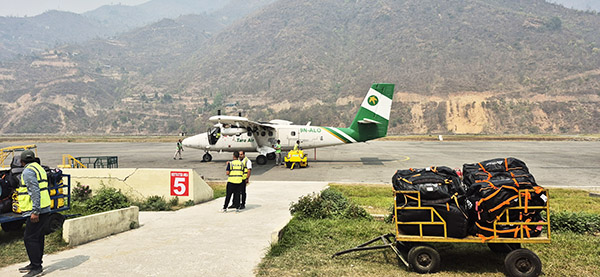
As the day went on (as did the full ground stop) my Sherpa and I began to lose hope of making it to Lukla. This was a bit frustrating but out of our control, so we booked a hotel and would try again the following morning to get to Lukla. There was really nothing to do but go with the flow and enjoy some of the local food and people that were here.
Day 2
The routine was similar and again there was yet another full ground stop for fixed-wing aircraft. This time it was fog at Lukla. It was only a 20-minute flight to get there.
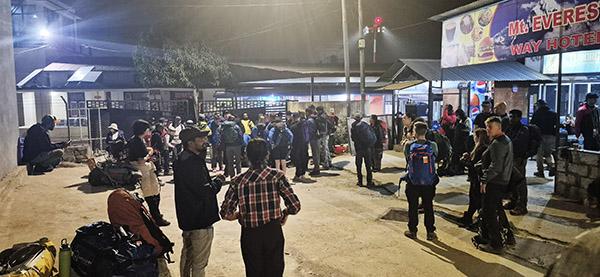
With many of the same people from the previous day there we all began talking and telling stories to pass the time. Some of these people chose to pay $400USD to take a helicopter into Lukla as the conditions were safe enough for them. Many of the others didn’t have that luxury of time that I did, as most were on vacation. As 1400 rolled around we knew we would not be making it to Lukla this day and yet again a hotel was the plan. We would try again tomorrow.
Day 3
This was starting to get a bit silly. The airport café guy knew my order by this point. I was one of the first people at the airport that morning and I helped with opening the gates and letting vehicles onto the airfield (I probably wasn’t’ supposed to do that). I was feeling like Tom Hanks in the movie The Terminal, but the weather looked sunny and the first couple flights had taken off. Cheers erupted through the airport and it was now our turn to board our flight. Everyone was loaded into the small prop plane and just as soon as the engines fired up they were cut. We were told to deplane and that winds kicked up again. It was our third day being scratched and although I was in no rush this scene was getting old.
Rarely do I use tourism companies but this was one time I was happy I did with all the cancellations. Kiran, the tour operator from Holiday Treks & Expeditions, took care of everything from the rebooking, to the hotels, to (sadly) my painful van ride back to Kathmandu. This made my life much less stressful and quite easy, but it didn’t look like Everest Base Camp was in the cards for me. It was a somber ride back to the city, but sharing a couple beers and jokes with my Sherpa helped keep morale up. My main objective in Nepal was to see Mt Everest and to experience the base camp trek, so I wasn’t sure what would be my next move.
Join our Facebook ExNotes page!
Never miss an ExNotes blog:

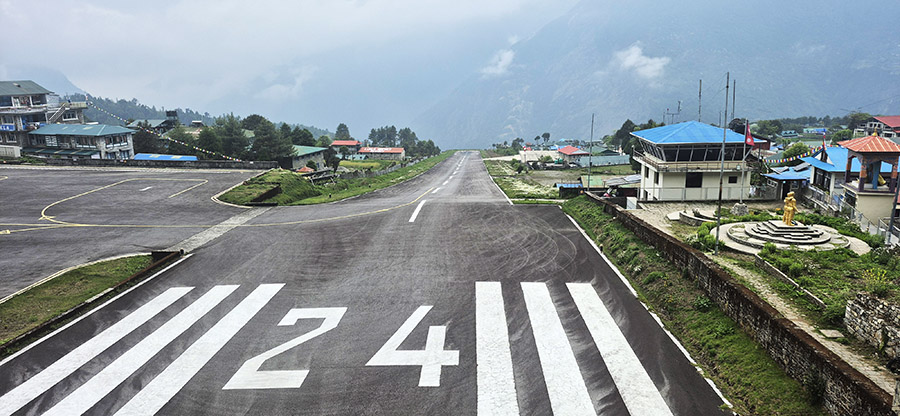

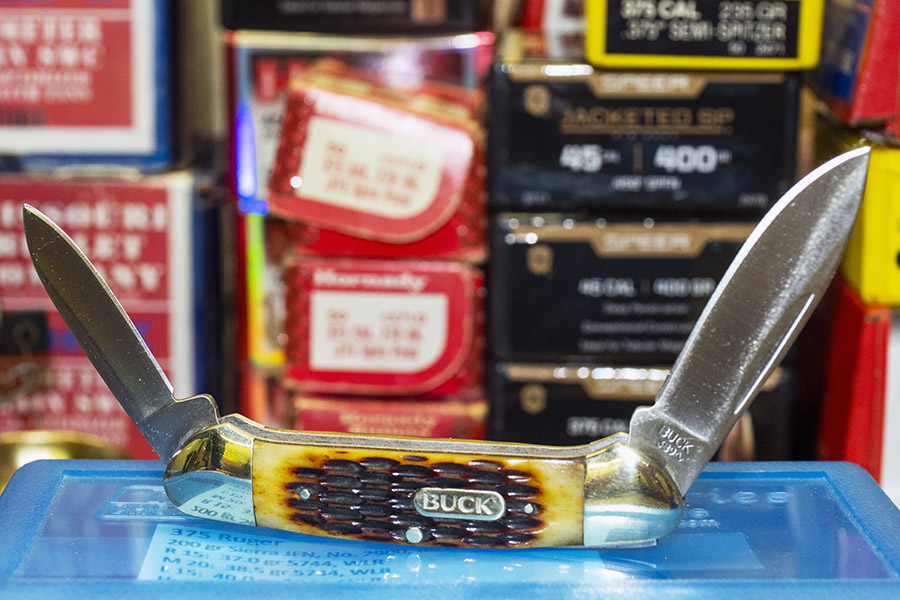
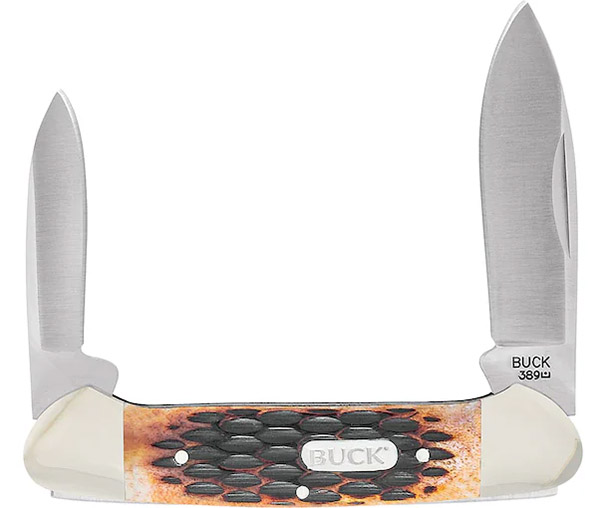
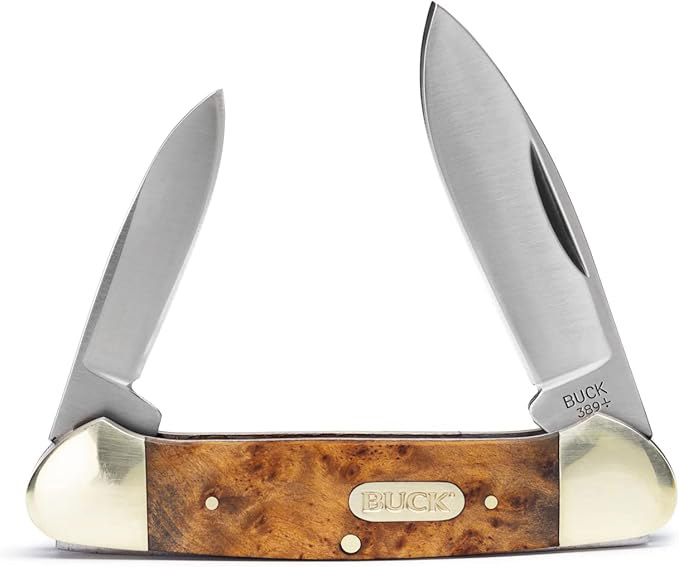
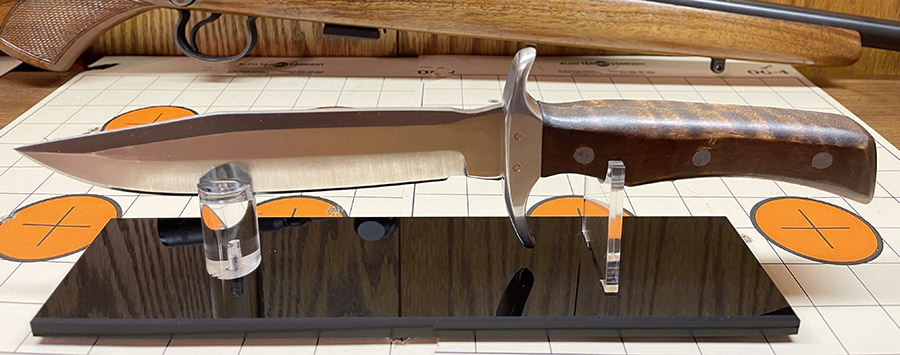
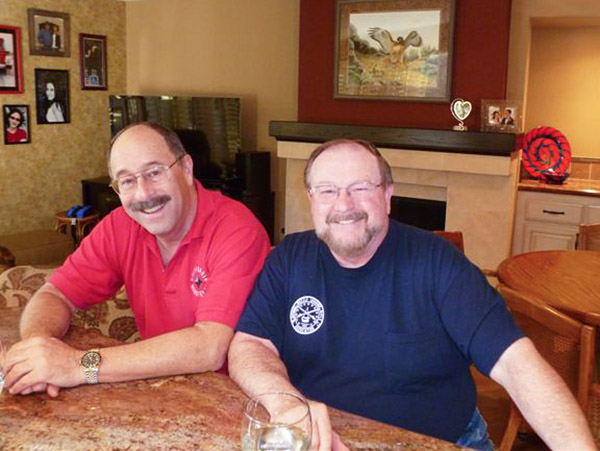
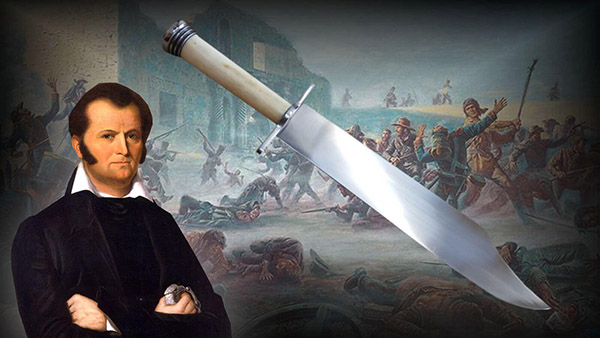
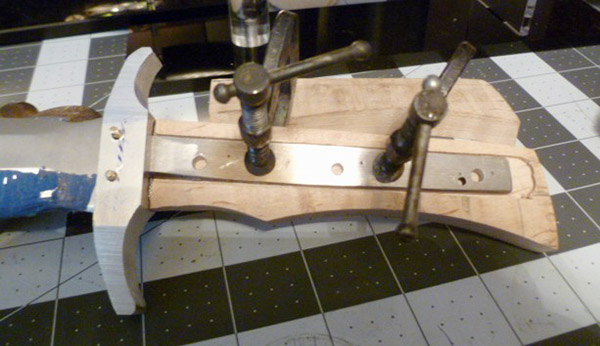
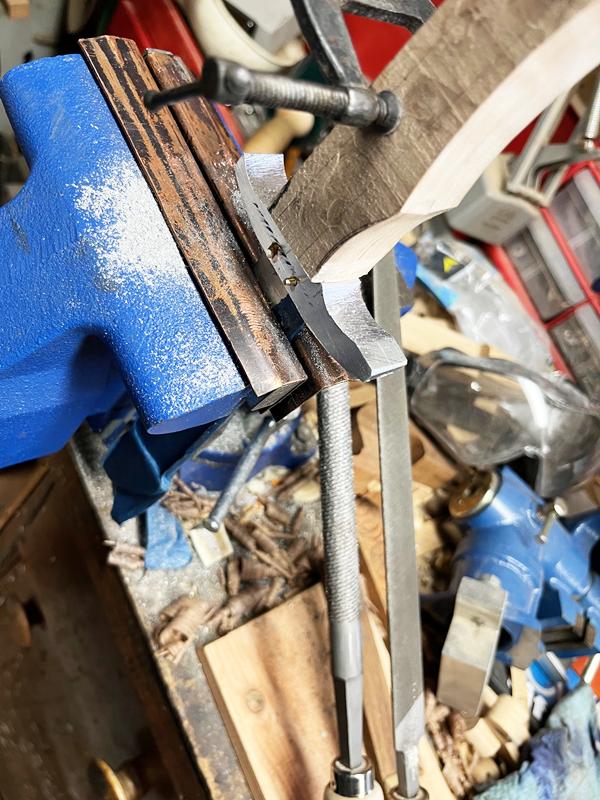
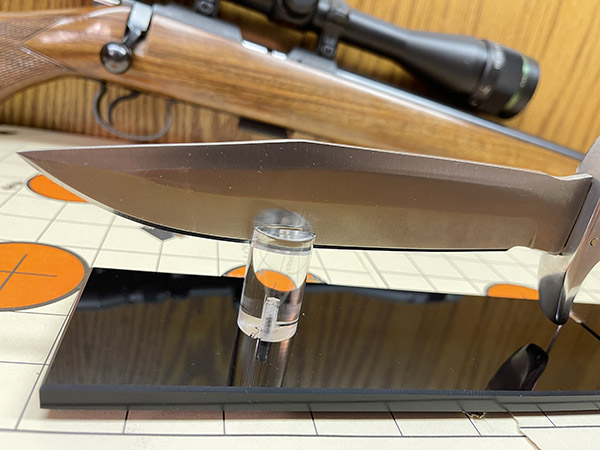
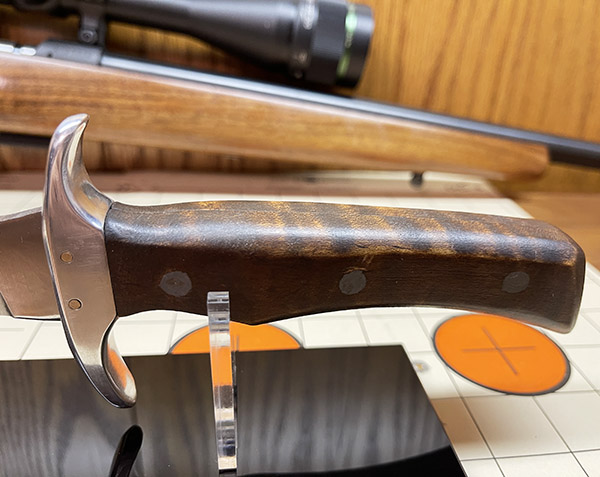
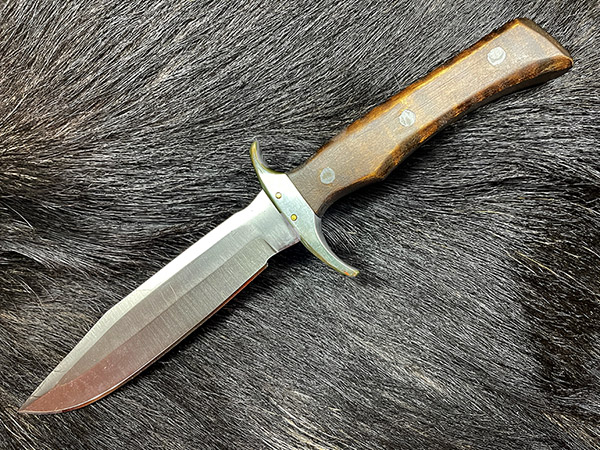
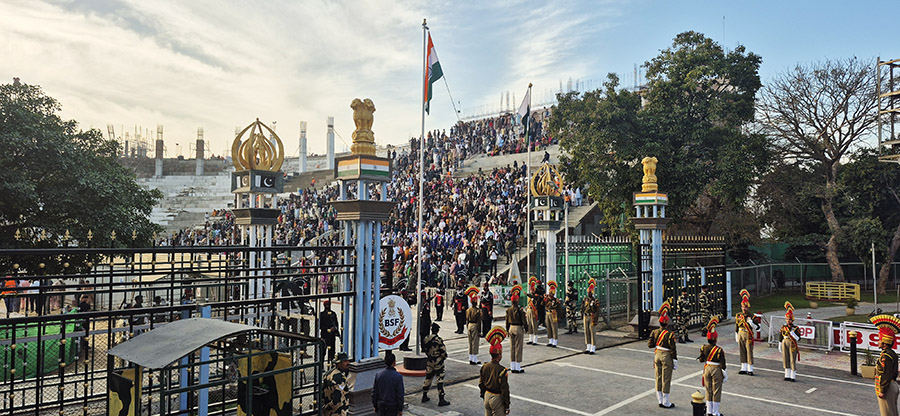
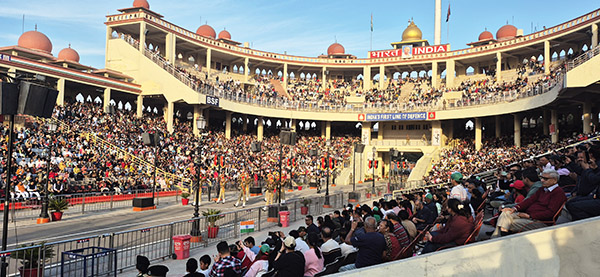
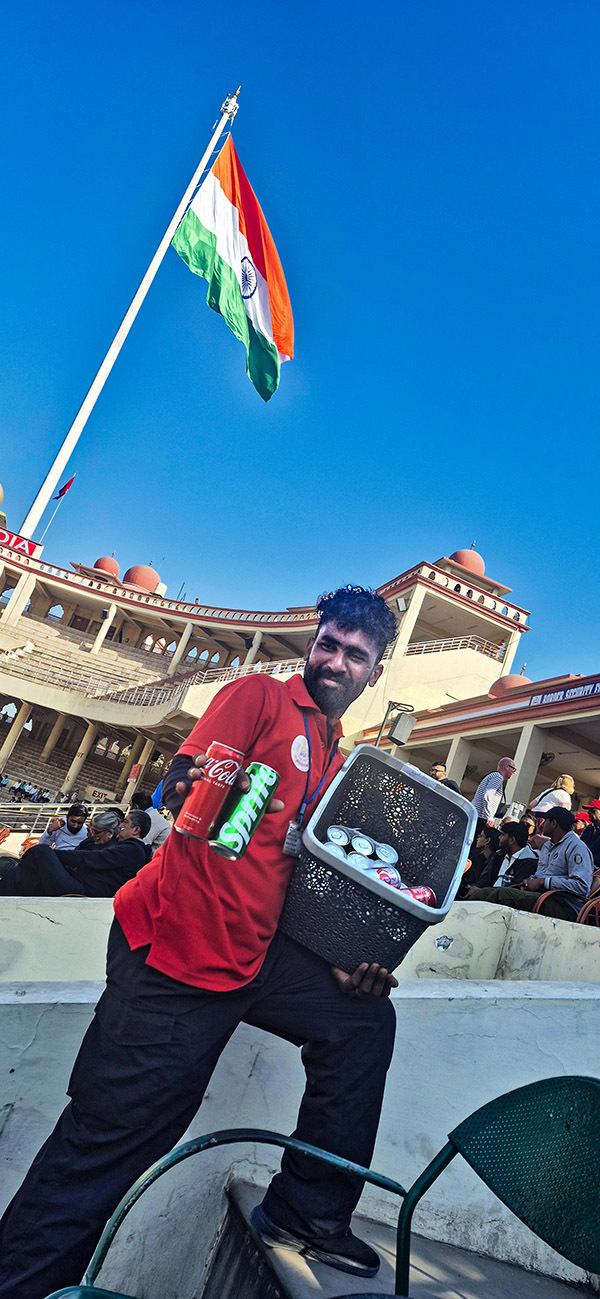
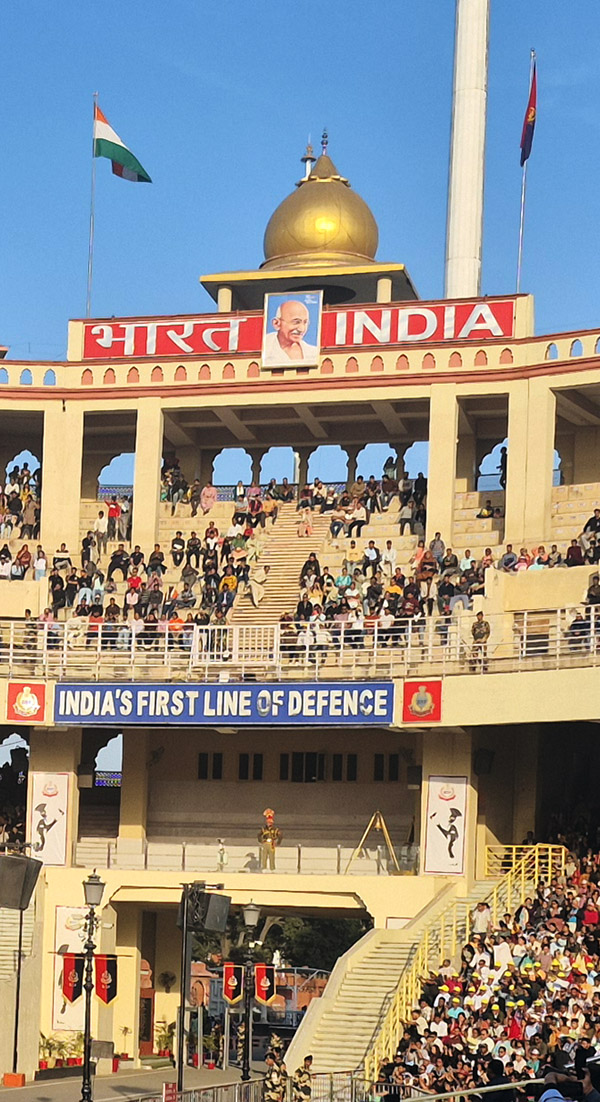
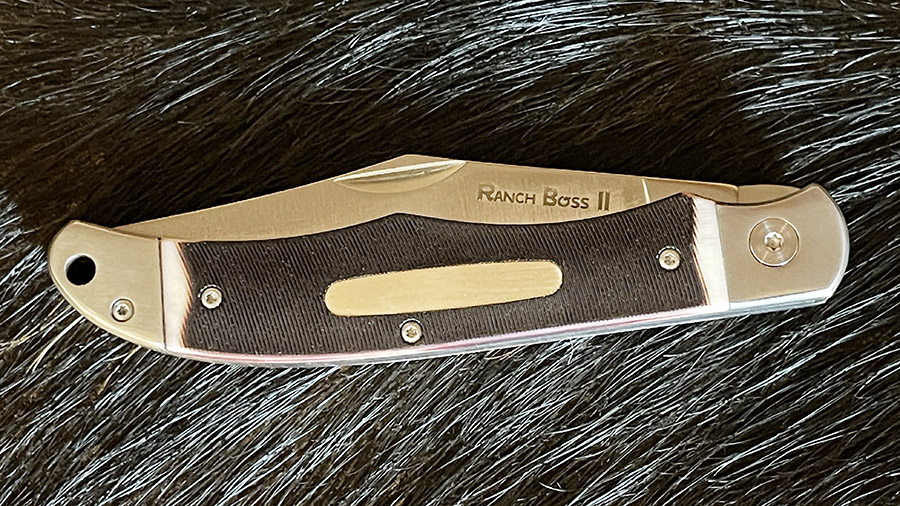
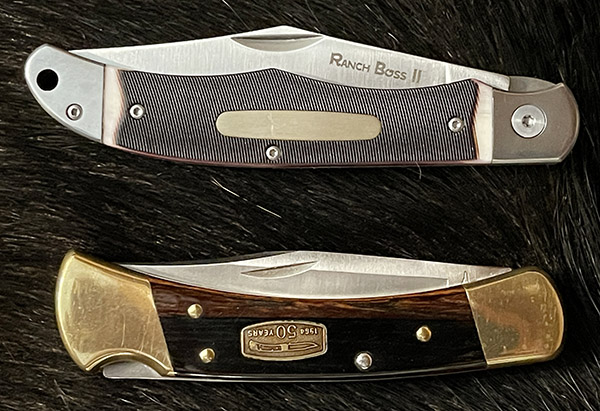
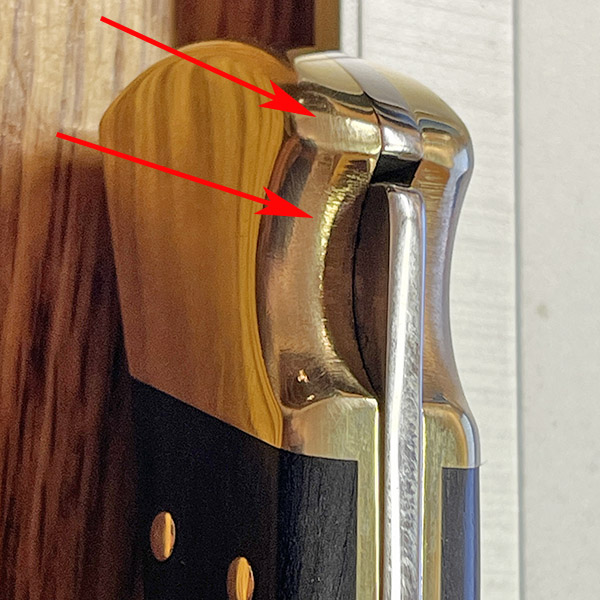
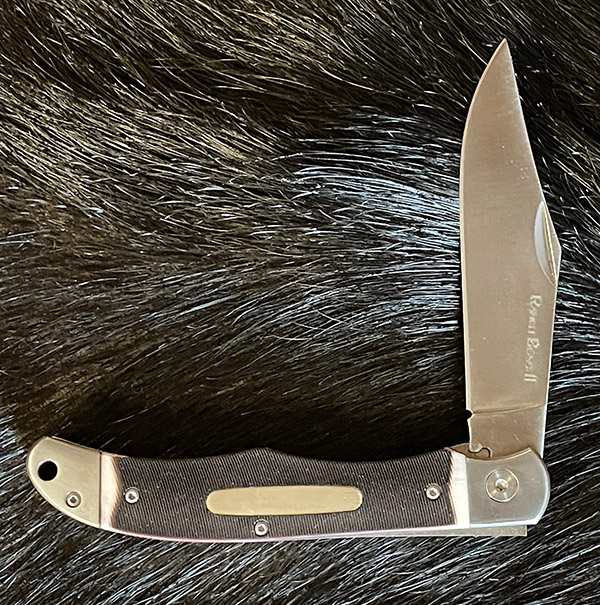
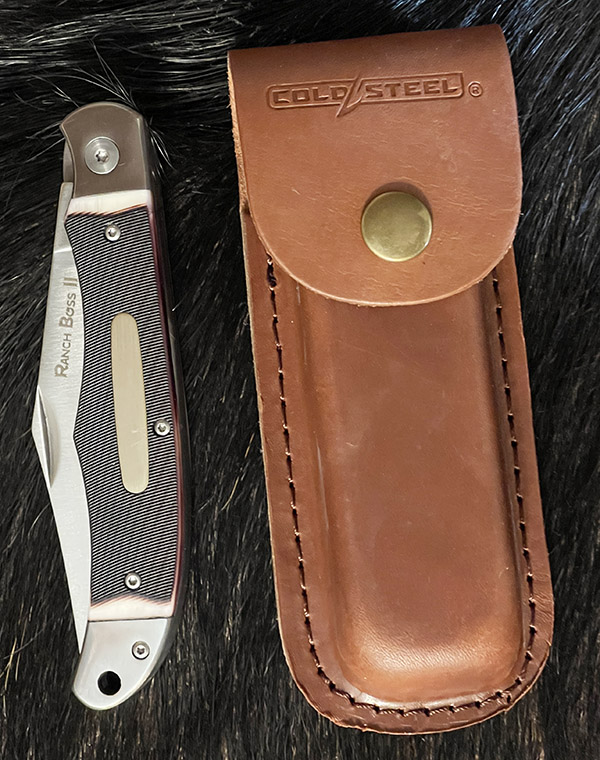
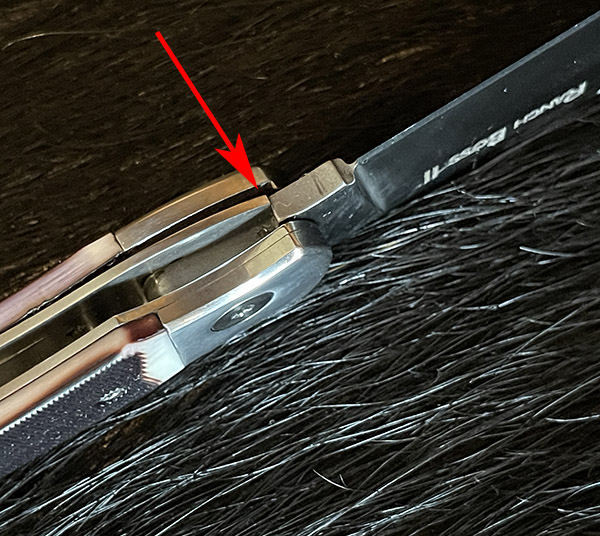
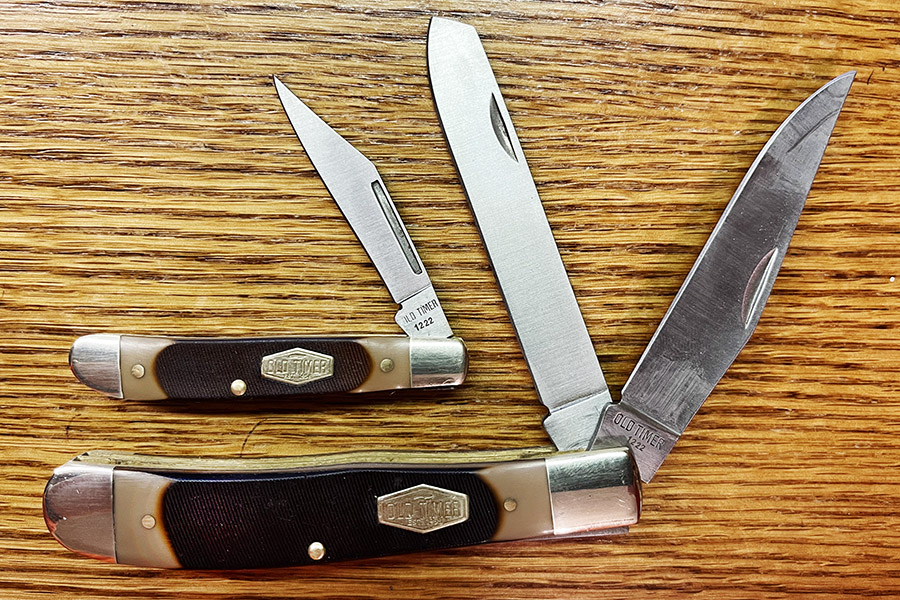
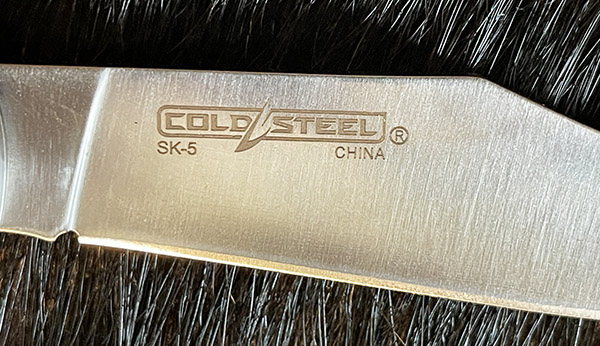
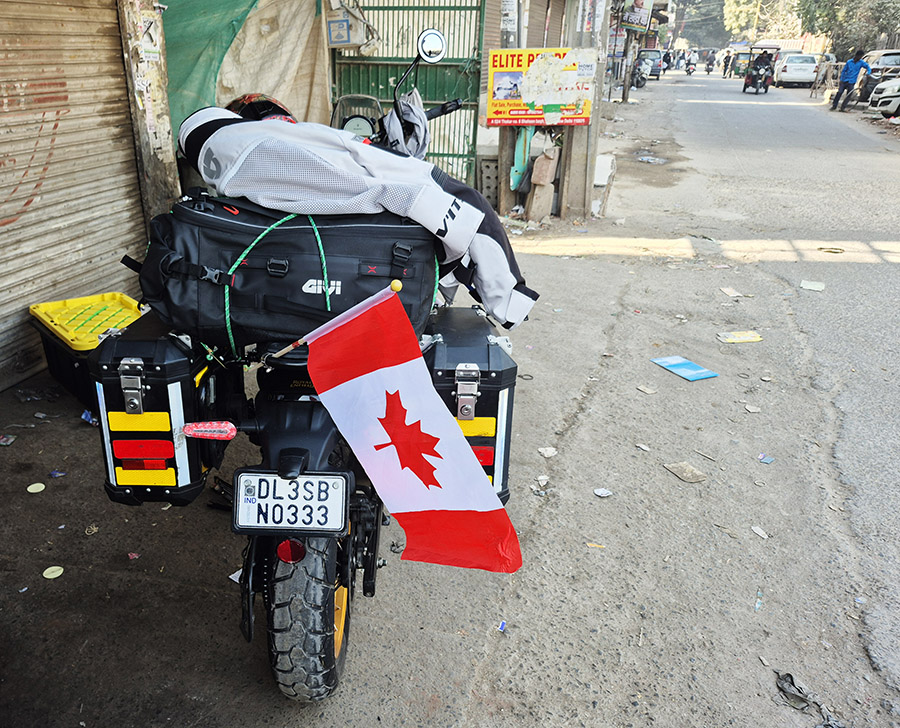
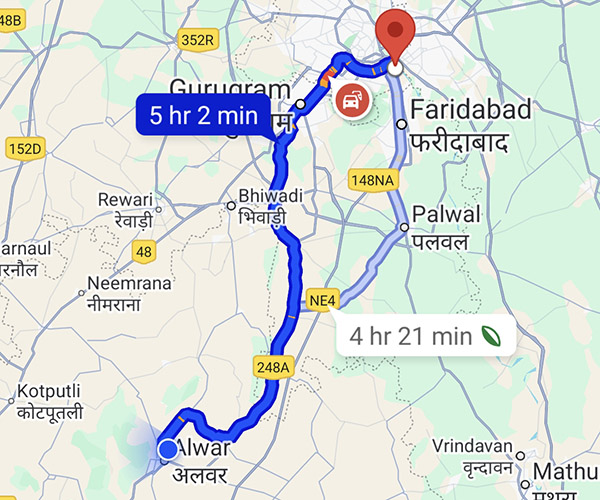
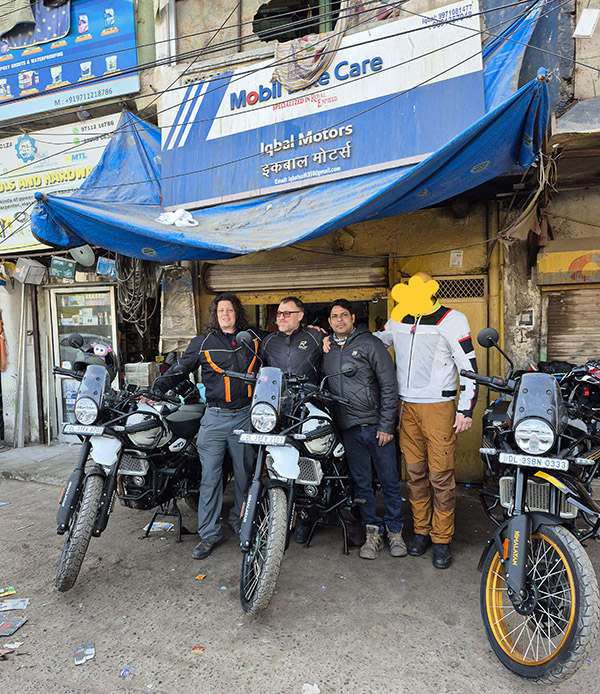
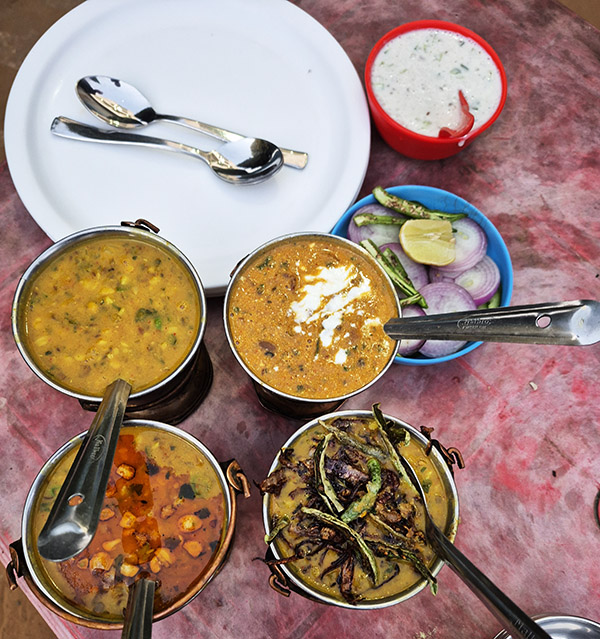
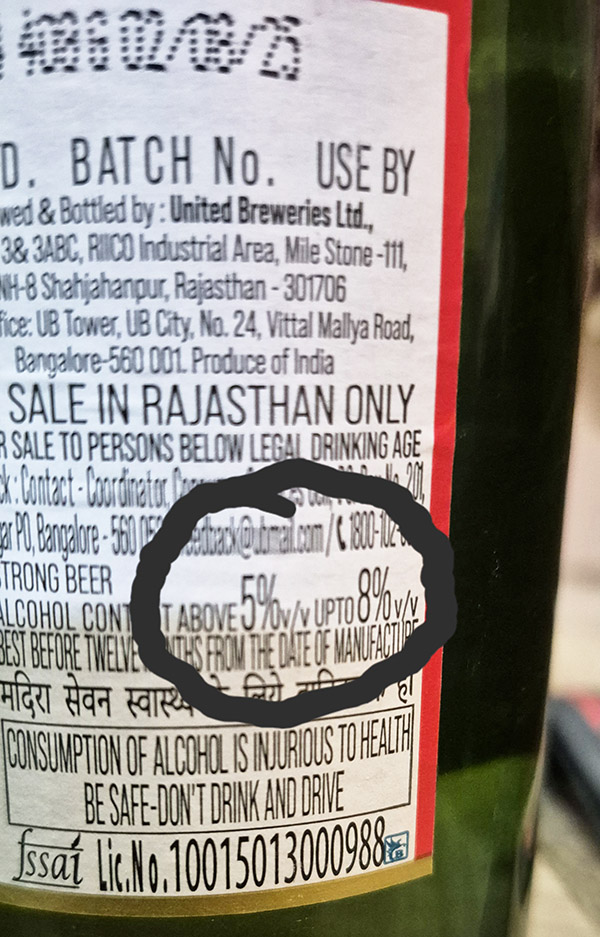
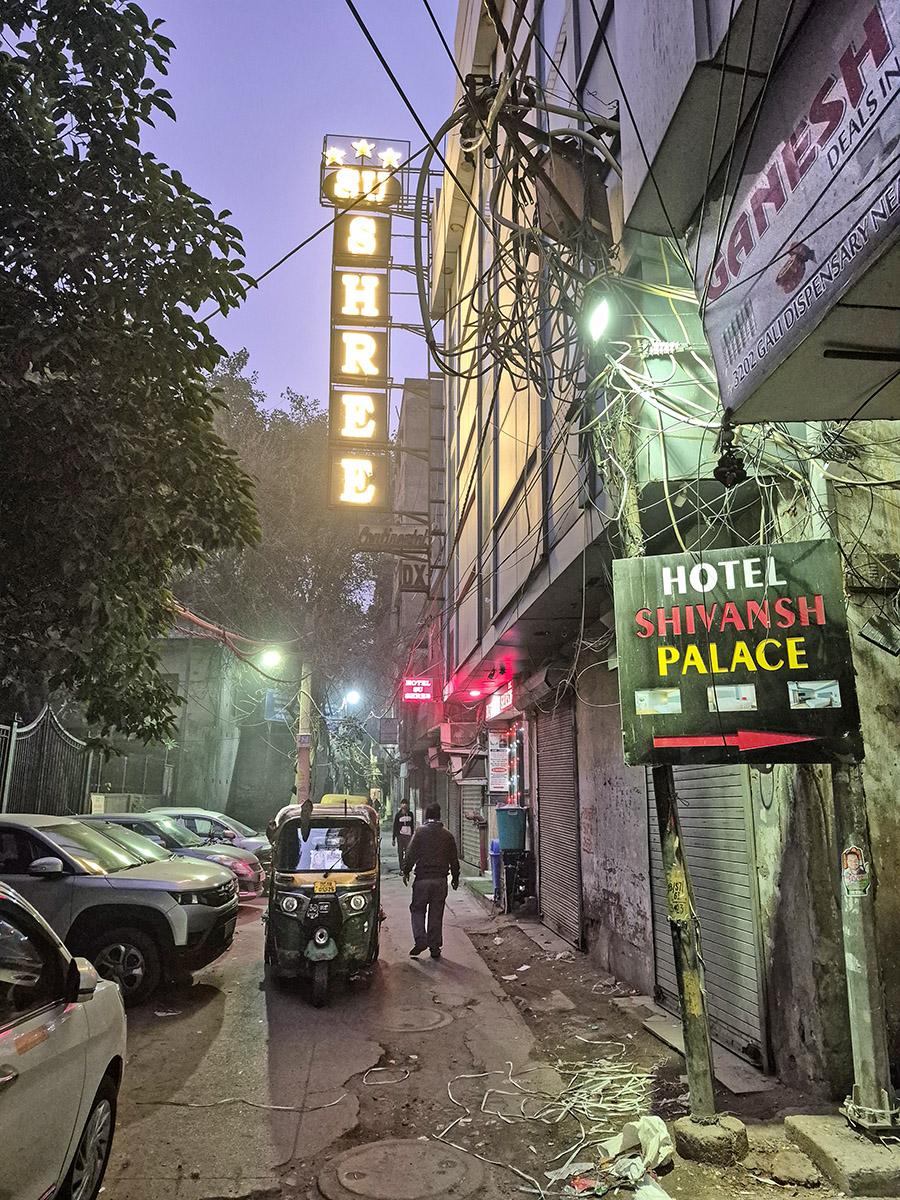
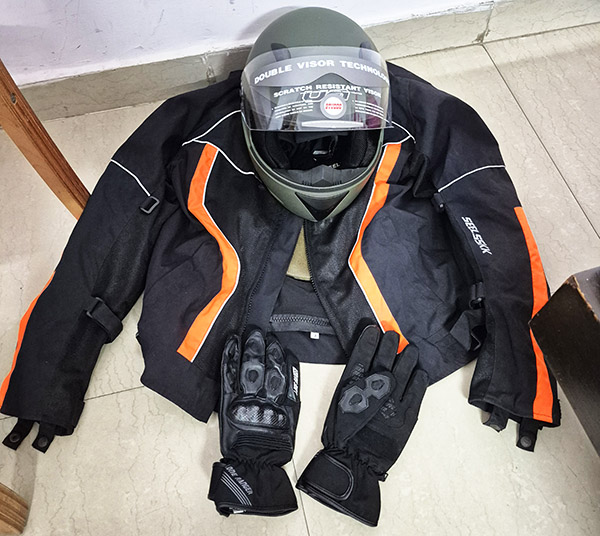 When I was in corporate America I loved hanging out with my team whenever I wasn’t out roaming around the world. Well, when I met this guy he had just gotten off the plane in Seattle and it was his first time in the United States. Knowing this, I directed another one of my team members to pick him up and bring him to Pike Market where we could get a few beers and I could fully christen him to our great country.
When I was in corporate America I loved hanging out with my team whenever I wasn’t out roaming around the world. Well, when I met this guy he had just gotten off the plane in Seattle and it was his first time in the United States. Knowing this, I directed another one of my team members to pick him up and bring him to Pike Market where we could get a few beers and I could fully christen him to our great country.